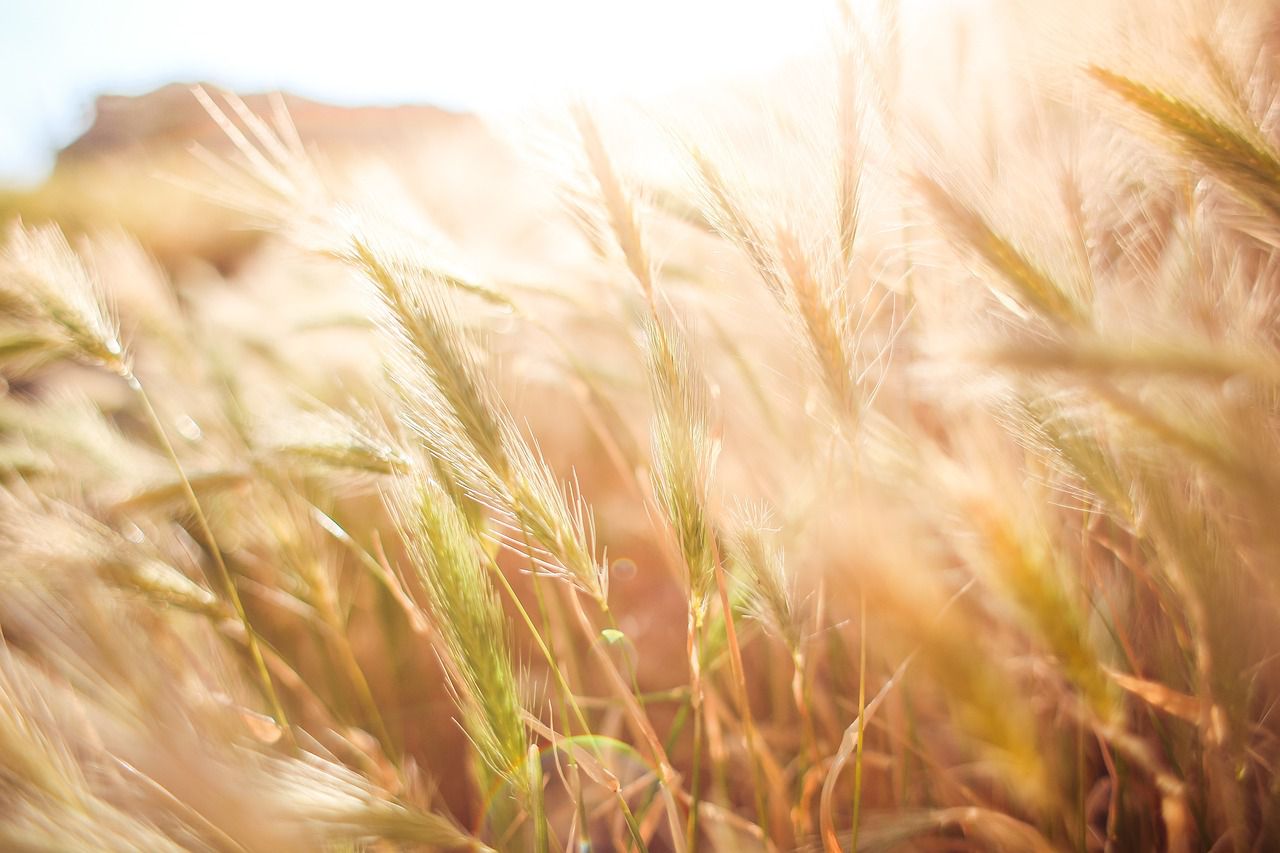Modern grains have evolved over time through selective breeding and cultivation practices to enhance traits such as yield, resistance to pests and diseases, and adaptability to various growing conditions.
While the specific types of grains we consume today may not have existed in their current forms during ancient times, there were ancestral varieties and closely related species that were popular and important in different regions.
Here are a few examples.

Wheat
Wheat has been a staple grain for centuries.
While the exact species may vary, ancient civilizations cultivated einkorn, emmer, and spelt.
These ancestral forms of wheat were used to make various types of bread, porridge, and other foods.
Barley
Barley was one of the earliest cultivated grains in ancient civilizations such as Mesopotamia and Egypt.
It was used for making food, as well as for brewing beer, which was a significant part of their culture.
Rice
Rice was a major staple in ancient Asian cultures.
While the specific varieties may have differed from today's rice, the cultivation and consumption of this grain were widespread in regions like China, India, and Southeast Asia.
Millet
Millet was cultivated in regions such as Africa, Asia, and Europe.
Ancient varieties of millet were used for both human consumption and livestock feed.
Amaranth and Quinoa
While these grains might not be as mainstream today, they were important sources of nutrition for indigenous cultures in the Americas, particularly in the Andes region.
Amaranth and quinoa were used for their nutritional value and versatility in cooking.












